It is easier to care for plants or flowers during the rainy season, and although there are moderate to vast cases of soggy soil, you can be in control of it with a little mulch application.
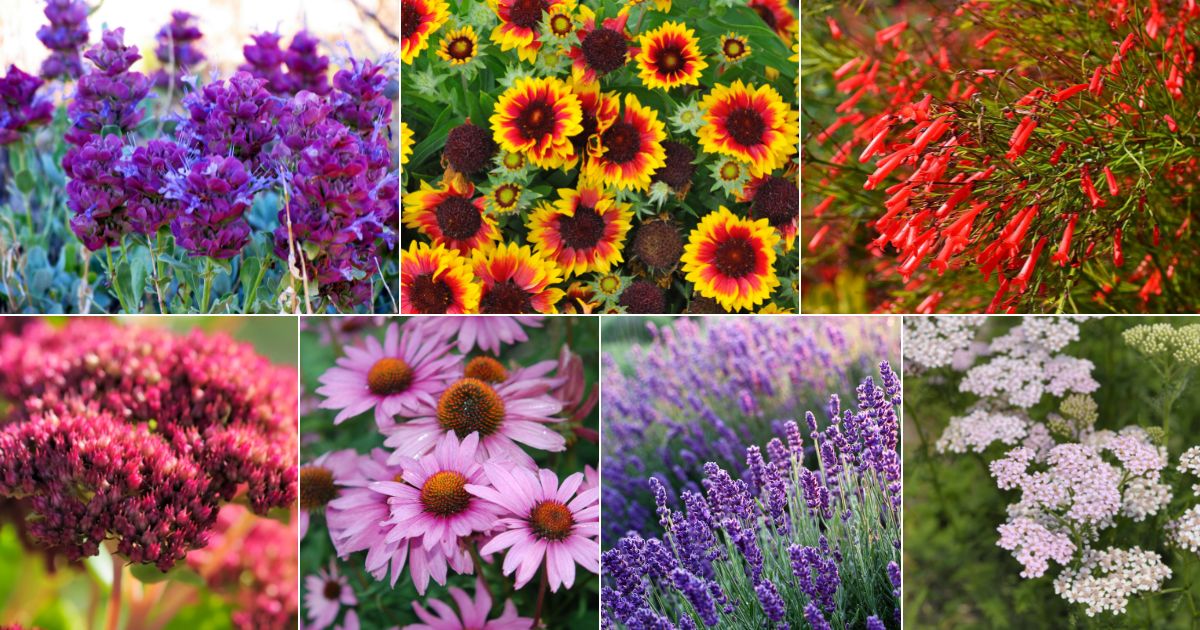
However, it is different during summer; the plant can easily slip into dryness as it loses its nutrient because the soil lacks water. Yet some plants have proven that they can survive the hot seasons.
In this guide, we unraveled the best drought-resistant perennials. Knowing about these perennials would help you choose wisely for the following summer.
Without further ado, let's begin.
Jump to:
Drought-Resistant Perennials
1. Agastache
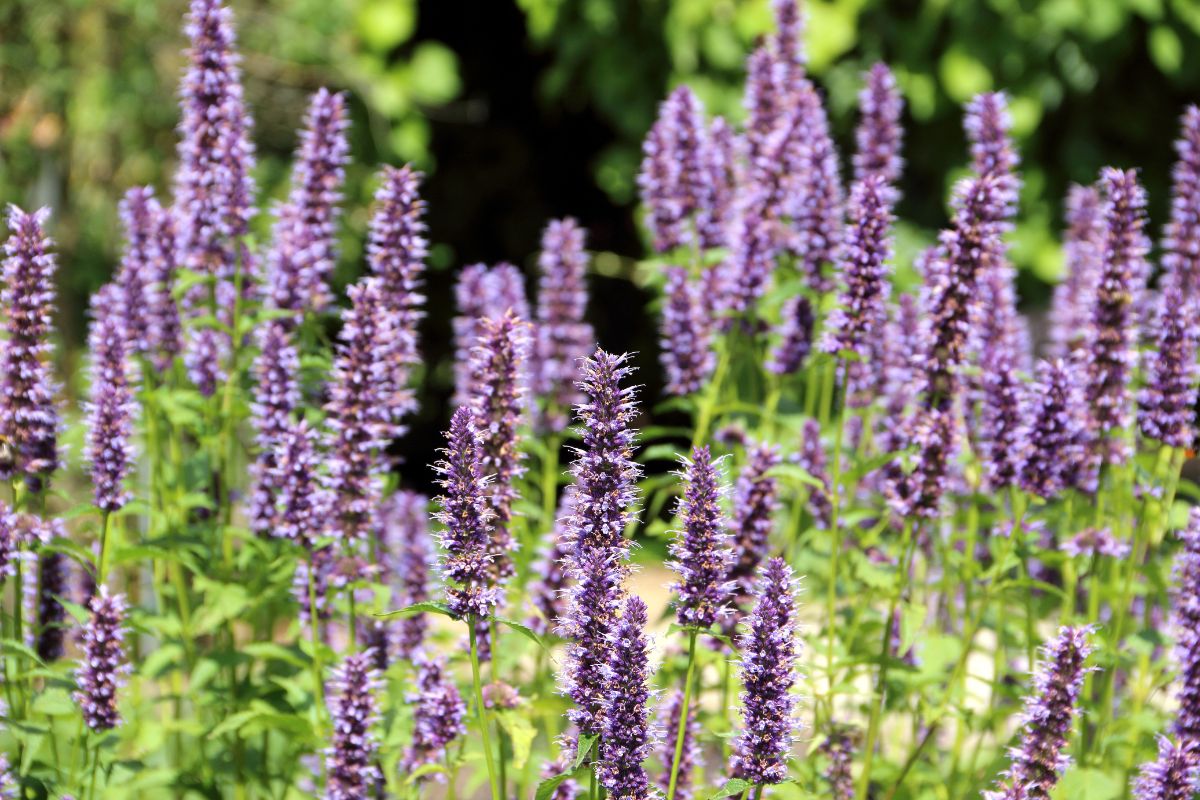
- Genus: Agastache
- Kingdom: Plantae
- Clade: Tracheophtes
- Order: lamiales
- Family: Lamiaceae
- Agastache is an aromatic flowering p
- Class: Magnoliopsida (dicotyledons)
Many are native to North America, while other species are from eastern Asia. Agastache is not just any flowering plant.
The Agastache plant is unique because it can sustain stress even in harsh weather. And since Agastache is a drought-tolerant herb, it requires less water yet gets more blooms.
2. Mojave sage
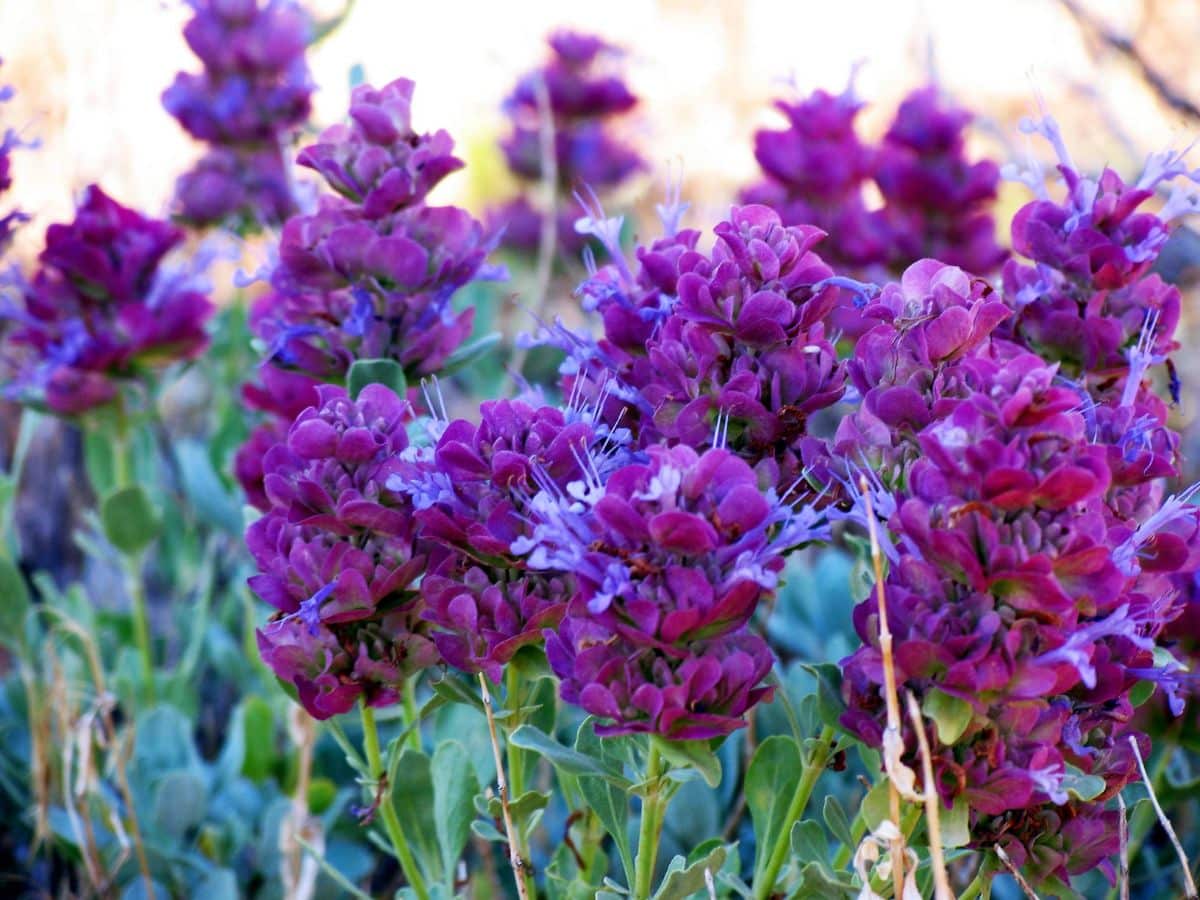
- Scientific name: salvia pachyphyllia
- Common name: Mojave sage, giant purple desert sage, rose sage. Salvia Rosa.
- Family: Lamiaceae
- Distribution: Arizona, California, Nevada
- Hardiness: USDA Zone 5
- Life forms: Shrub/sub-shrub
Mojave sage is a sub-shrub, a perennial plant native to the Desert Mountains of Arizona, California, Nevada, and Northern Baja.
The Mojave sage is 2 feet wide and 1½ feet tall. Mojave sage will reward you with this round color. The aroma is notable too. The Mojave sage thrives in well-drained soil and can survive arid conditions.
Mojave is an excellent drought-tolerant plant for anyone starting with planting because it is not high to maintain. The Mojave sage, even with less watering, blooms throughout summer right into the late falls.
So, Mojave sage is a drought-resistant perennial to look out for when it is time to grow plants that will grace your garden or yard with blooms even without constant watering.
3. Meadow sage
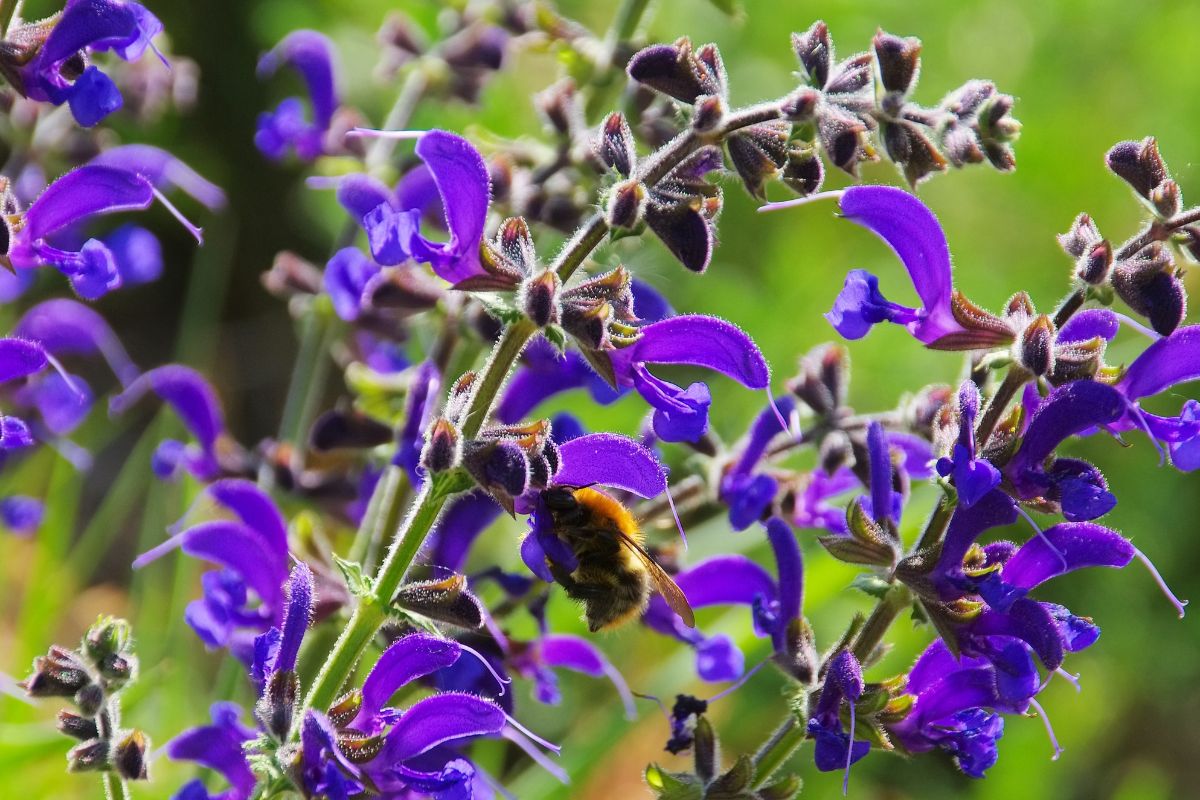
- Scientific name: salvia pratensis
- Kingdom: Plantae
- Rank: Species
- Higher classification: sage
- Family: Lamiaceae
- Genus: Salvia
Salvia pratensisis the scientific name of meadow sage. Also known as meadow clary, meadow sage is a flowering plant from the family of Lamiaceae. This sage is native to Europe, Western Asia, and northern Africa. Let's see a short description of the meadow sage.
Meadow sage during summer would require less watering and yet would reward you with endless blooms. Be careful to always look out for the drought-resistant varieties of meadow sage if you wish to reap all the benefits.
4. Blanket flowers

- Scientific name: Gaillardia
- Kingdom: Plantae
- Family: Asteraceae
- Classification: Daisy
- Native: North and South America
Blanket flowers (Gaillardia) are drought-tolerant flowering plants notable for their long-lasting, colorful mounds of bright flowers and attractive foliage from early summer to fall.
Blanket flowers are primarily available in warm and festive shades. The color of blanket flowers varies. They include yellow, wine red, or even yellow with orange.
These drought-tolerant plants may come as single, double, or semi-double and their petals come with a tubular shape.
Gaillardia thrives in full sun. It also thrives in well-drained soil. Indeed, blanket flowers are drought-tolerant, yet they require some moisture to grow in soil with a sound drainage system. They can thrive in rocky or sandy places too.
One fun thing about blanket flowers is that they are easy to grow. So, it is not tasky, even if it is your first time growing blanket flowers. It will reward your efforts with blooms even during summer. Remove dead or dying flowers to channel the energy on newly growing flowers.
5. Yarrow

- Scientific name: Achillea millefolium
- Rank: species
- H.Classification: Yarrows
- Common names: Devil's nettle, sanguinary, milfoil, soldier's woundwort, old man's pepper
- Family: Asteraceae
- Kingdom: Plantae
- Order: Asterales
Achillea millefolium, mostly known as yarrow, is a flowering plant in the family of Asteraceae. Yarrow is also a drought-tolerant flowering plant that requires less water to grow, yet it would reward you with blooms even during summer.
Here's a short description of this flowering plant
Yarrow is also a great herb; many people use it to make medicine. You can treat dysentery, diarrhea, loss of appetite, induced sweating, tract discomfort, cold, and even high fever with yarrow.
6. Sedum
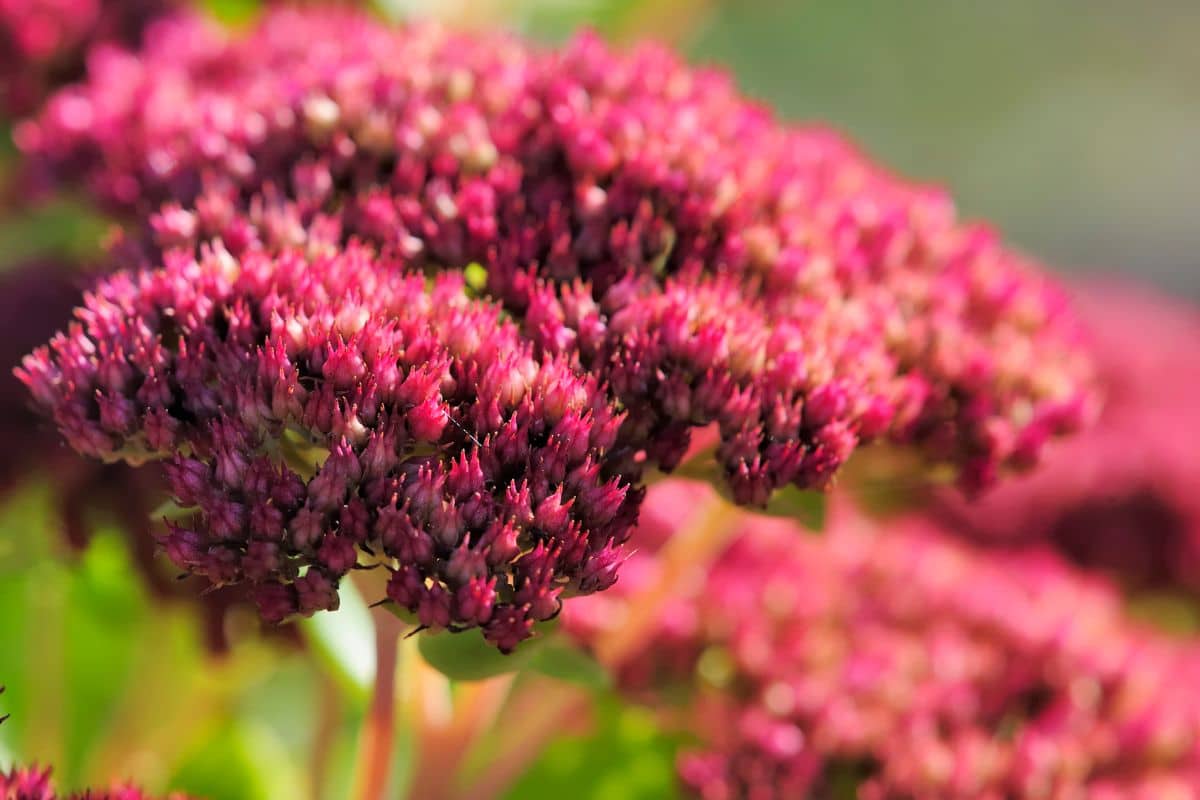
- Scientific name: sedum
- Rank: Genus
- H.Classification: Sedinae
- Family: Crassulaceae
- Kingdom: Plantae
Sedum is another drought-tolerant plant that only needs less water to thrive. Sedums are also known as stonecrop flowers. Sedum is capable of storing water in its leaves, and this helps it to withstand varying weather.
When taking care of sedum, pruning the plant is not always necessary. However, for the successful growth of the plant, get rid of dying leaves and worn-out foliage.
7. Lamb's-ear plants

- Scientific name: Stachys byzantine
- Family name: Lamiaceae
- Plant type: Perennial
- Flower color: red, white, purple, pink
- Zones: 4-10
Also known as woolly hedgenette, lamb's-ear is a species of flowering plant from the mint family. Lamb's-ear is a sun-loving plant that can thrive in hot weather.
So call it another drought tolerant perennial that can survive with less watering and yet get more blooms.
Lamb's-ear, like many other perennial plants, is relatively easy to grow. Below is a short description of lamb's-ear in case you are looking forward to growing it.
Lamb's-ear plants are simply great flowering plants, and without the interruption of pests and insects, you will surely reap a lot of benefits.
8. Lavender
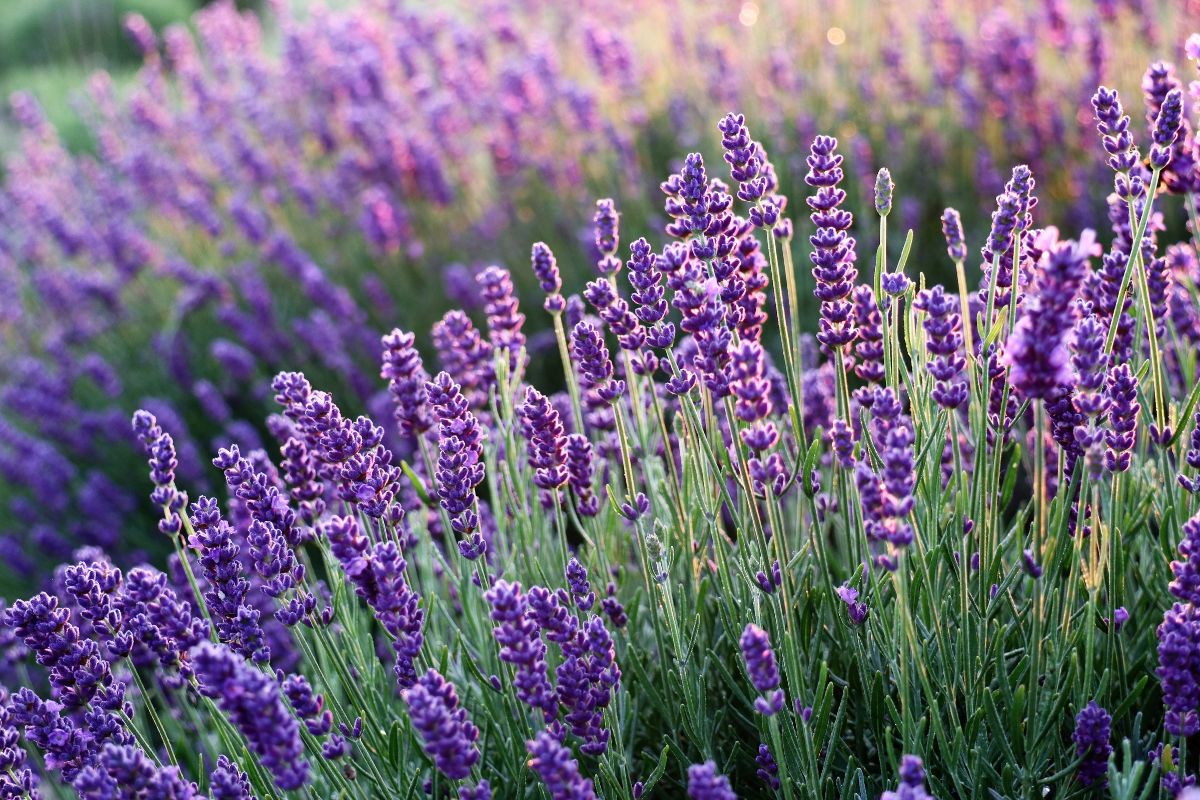
- Scientific name: lavandula
- Family: Lamiaceae
- Kingdom: Plantae
- Order: Lamiales
- Tribe: Ocimeae
Lavender is a flowering plant among over 40 other species of flowering plants in Lamiaceae. Lavender is from the mint family, Lamiaceae.
For lavender to bloom, it would require full sun and well-drained soil to grow and be at its best. Although lavender is a drought-tolerant plant, it would need to be placed under a shade often during the summer for it to bloom.
If the weather is extreme, your lavender plant would need to be in the shade. But lavender is the perennial that would reward your efforts with blooms.
9. Purple coneflower
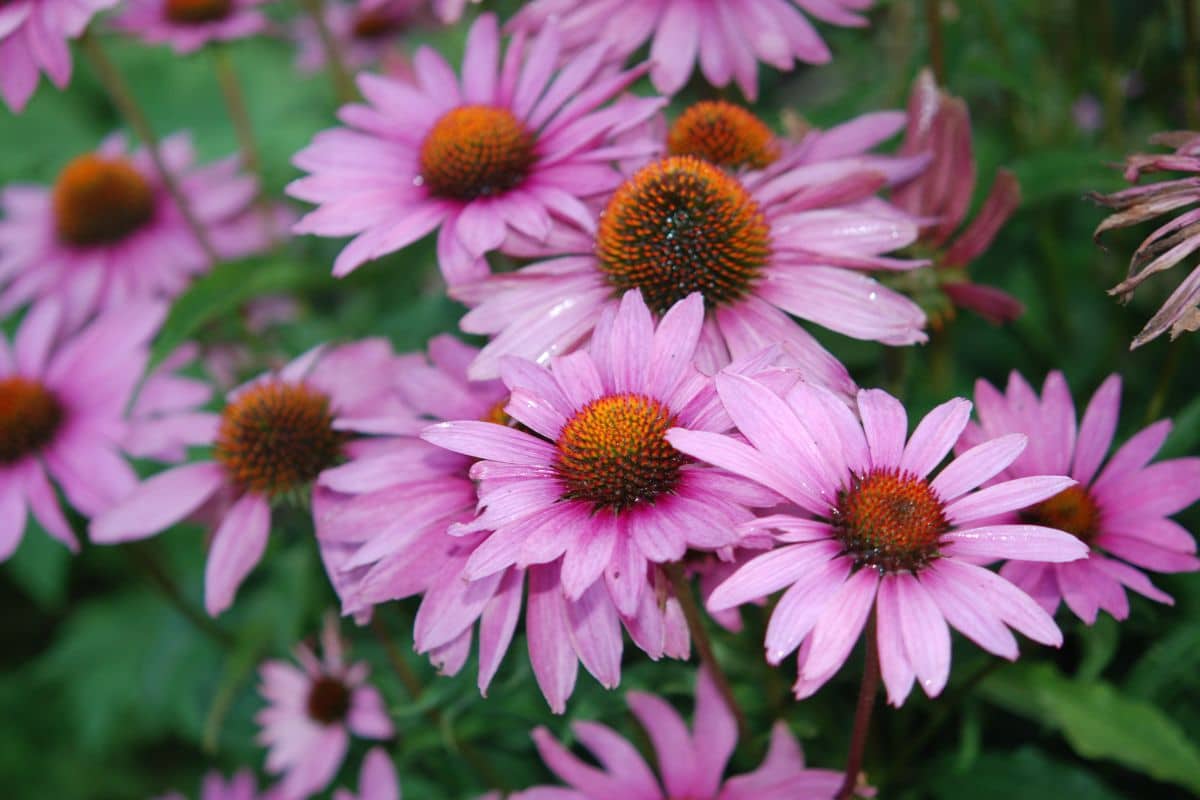
- Scientific name: Echinacea purpurea
- Plant type: Herbaceous perennial
- Other names: Eastern purple coneflower, hedgehog coneflower, or Echinacea
- Flower color: Purple, pink
- H.Classification: Coneflower
- Family: Asteraceae
- Kingdom: Plantae
- Order: Asterales
Purple coneflower is another drought-tolerant plant that needs less water yet gets more blooms. The Purple coneflower is notable in the eastern United States. You can find many purple coneflowers in many gardens.
Sometimes growing purple coneflower is difficult, as it draws butterflies and bees to it. However, this encourages pollination.
You don't need the perfect soil to grow purple coneflower because it still does well in poor or lean soil. Do not amend the soil or settle for heavy soils, which may result in poor flowering.
And when you have successfully planted purple coneflower, ensure that you leave it in the full sun. The full sun will encourage its growth and bloom.
10. Globe thistle
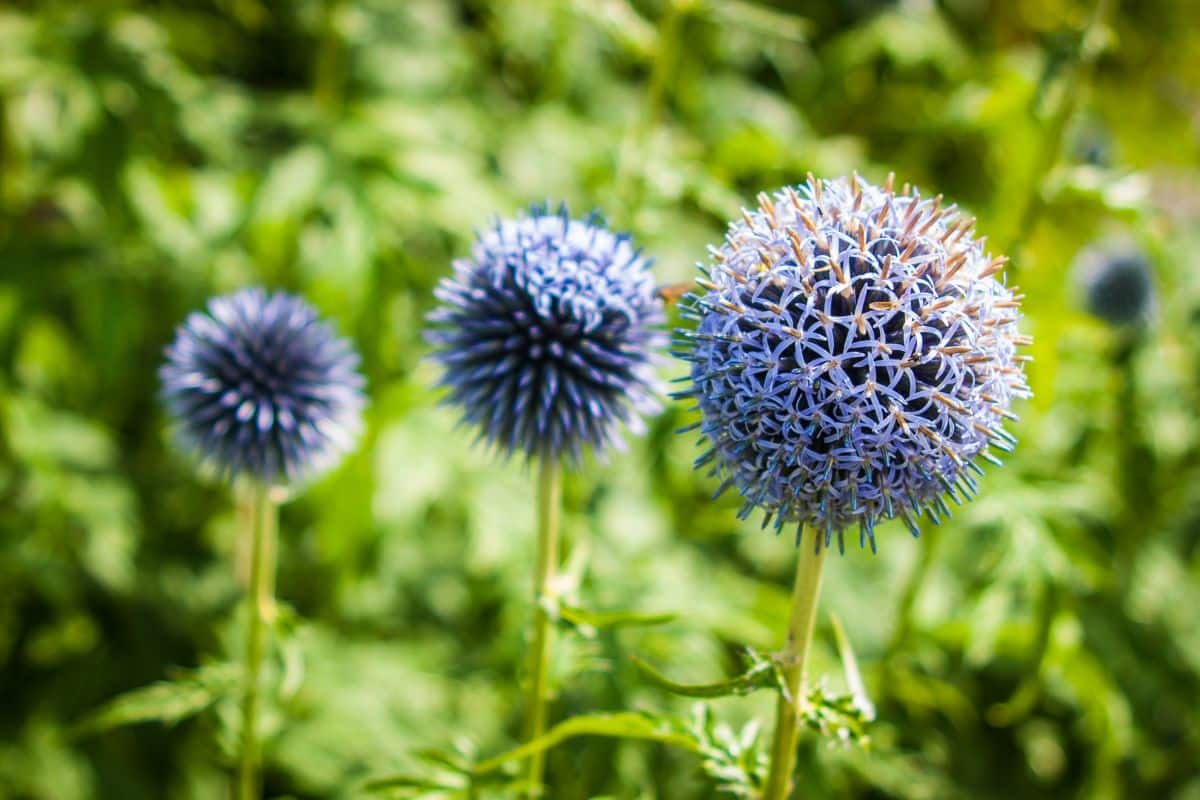
Globe thistles are flowering plants from the Asteraceae family, commonly known as Echinops. The Globe thistles are native to Europe and have about 120 species. Globe thistles have tiny foliage and can produce flowers of blue, purple, or white color.
These beautiful large and spiky flowers can appear from early summer and thrive for up to 8 weeks.
Echinops are great perennials that need less water to thrive, yet they would grace your gardens with many blooms. So, globe thistles are yet another drought-resistant perennial to try out if you look forward to settling for flowering plants that would give you endless blooms.
11. Bush sage
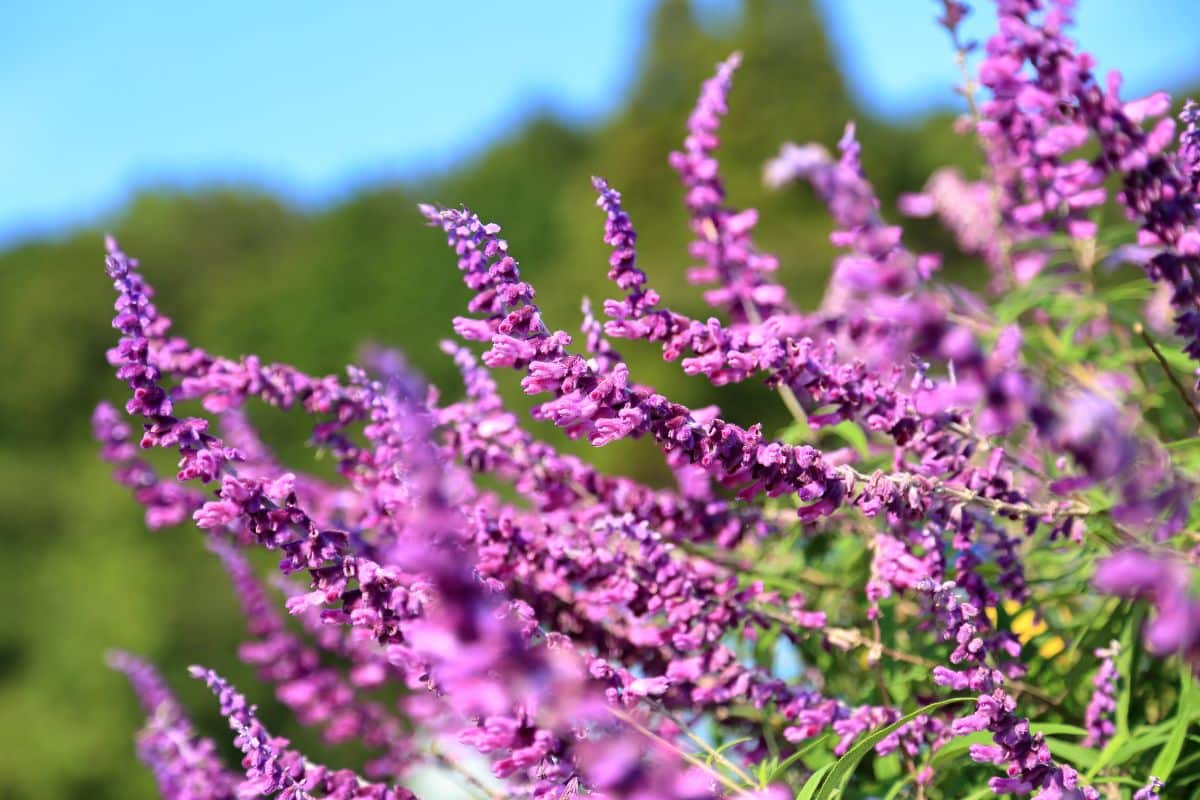
- Scientific name: salvia leucantha
- Common name: Mexican bush sage
- Family: Lamiaceae
- Type of plant: Perennial
- Type of soil: well-drained soil, yet moist
- Flower color: white, blue, and purple
- Sun: full sun
Also known as Mexican bush sage (salvia leucantha), bush sage is a herbaceous perennial plant that can produce attractive and showy flowers even in late summer. Let's see a short description of bush sage.
So, bush sage is also one of the drought tolerant plants that would undoubtedly thrive even in extreme weather. However, they would require watering, especially during their first growth, to form strong roots.
12. Pineleaf penstemon

Have you ever had perennial plants with woody branches in your garden? Then this is the time to try Pineleaf penstemon. Pineleaf penstemon is a drought-tolerant plant from the genus family Plantaginaceae.
You can learn more about Pineleaf penstemon if you intend to make it your next summer plant.
These plants do well in summer, even with less watering. And it does not take too much to grow, even if it is your first time trying it.
13. Russian sage
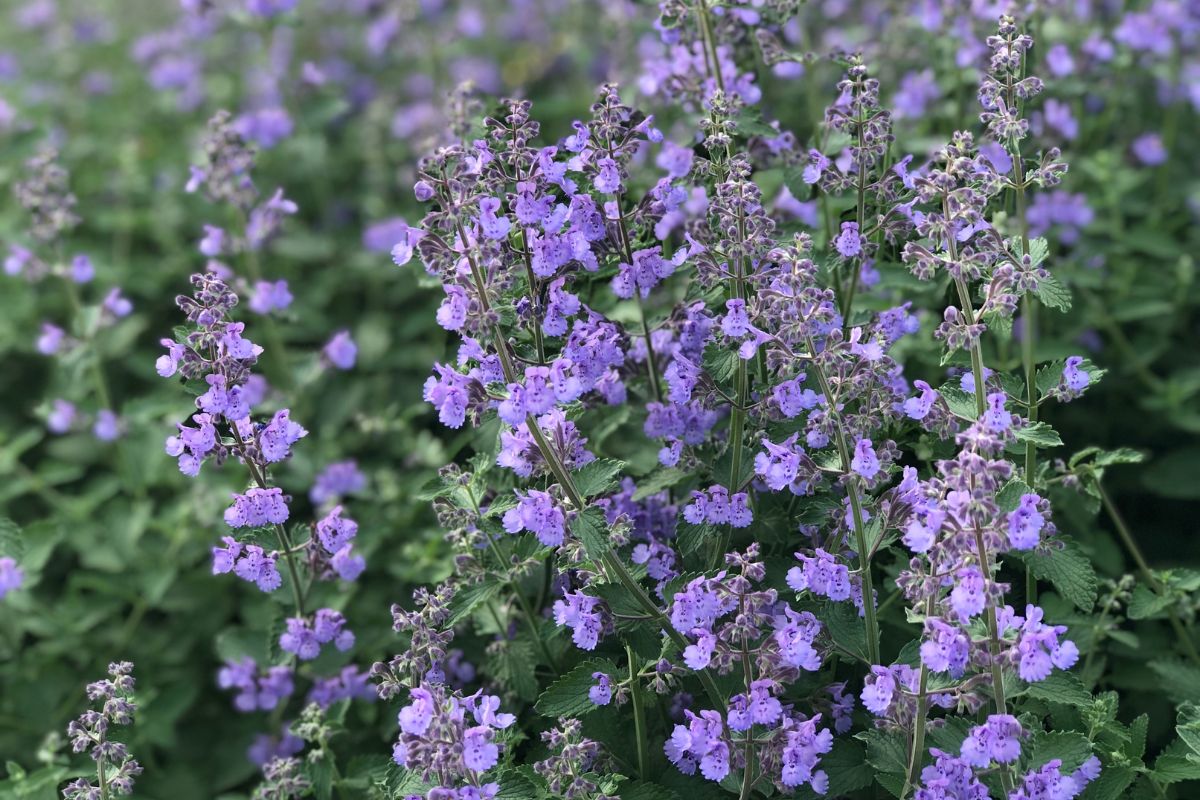
Salvia yangii is the botanical name for the Russian sage plant. Also known as perovskia atriplicifolia, Russian sage is a perennial herbaceous flowering plant from the mint family.
And like most of the aforementioned perennial plants, Russian sage is a unique plant that requires less watering, yet it will grow well and bloom in its season.
Russian sage can quickly adapt even under extreme weather, so you can be confident that your plant will not slip into dryness when it is summer.
Above are a few drought-tolerant plants that require less water yet will grow well and grace your yard with blooms.
Conclusion
If you have always wondered about the perennials that produce blooms even in unfavorable conditions, you now have them.
Note: most drought-tolerant plants can only do well when you take care of them before they are established.
Plants like a blanket flower and bush sage would be way better when you care for them well before they grow to form stronger roots.
This guide revealed the 13 drought-resistant perennials to help you navigate your way around the best perennial plant for the next season.




